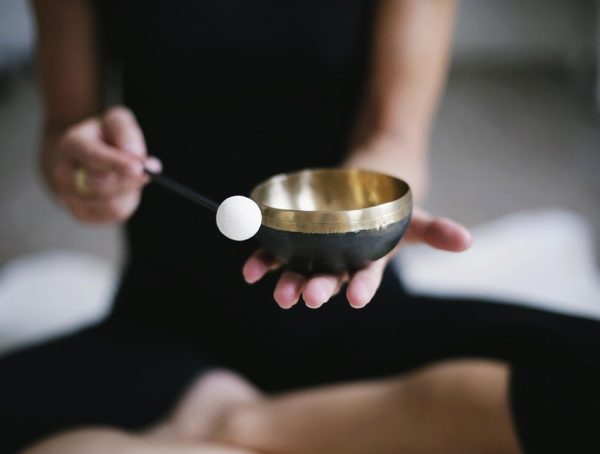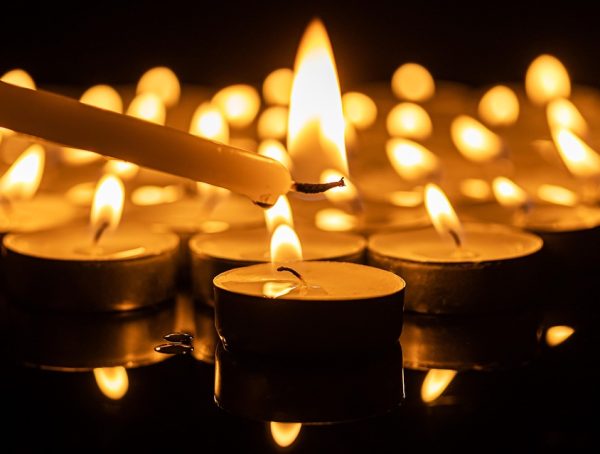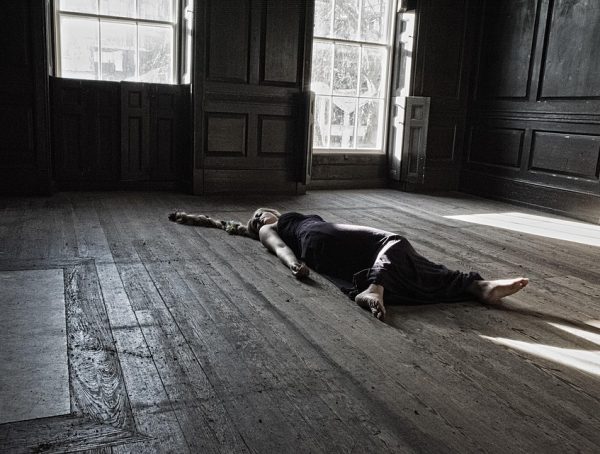Yoga and Meditation: A Dual Approach to Battling Anxiety
In today’s fast-paced world, anxiety is increasingly becoming a common experience for many. The constant demands of work, family, and social obligations can leave us feeling overwhelmed and perpetually stressed. While there are a variety of coping mechanisms available, two practices stand out as especially effective tools for managing anxiety: yoga and meditation. Both have ancient roots and are based on holistic principles that address the mind, body, and spirit. Combining these practices can create a powerful antidote to anxiety, allowing individuals to cultivate peace and emotional resilience.
Understanding Yoga and Meditation
Yoga:
Yoga is a spiritual and physical discipline that originated in ancient India over 5,000 years ago. It incorporates physical postures (asanas), breath control (pranayama), and meditation. Yoga emphasizes the importance of connecting the body and mind, promoting physical flexibility, strength, and calmness—all of which are beneficial for individuals grappling with anxiety.
Meditation:
Meditation, on the other hand, involves focusing the mind and eliminating distractions for mental clarity and emotional stability. Practices vary widely, but they generally encourage a state of deep relaxation and a tranquil mind. Such discipline can help reduce anxiety levels by fostering a sense of control amid chaos.
How Yoga and Meditation Combat Anxiety
-
Mindfulness and Presence: Both yoga and meditation encourage mindfulness—being present in the moment. This becomes particularly useful during anxious moments, as it can distance you from spiraling thoughts and worries about the future.
-
Physical Relaxation: Yoga initiates a natural relaxation response in the body. The postures help release tension stored in the muscles and facilitate deeper breathing, which can lower the body’s stress levels.
-
Breath Control: Breath is a key element in both practices. Controlled breathing exercises help oxygenate the brain and body, leading to calmer states of mind. Deep, purposeful breaths signal the body to relax, helping quell anxiety.
-
Enhanced Emotional Awareness: Engaging in yoga and meditation can enhance emotional awareness, allowing you to identify triggers for anxiety. Understanding these triggers is the first step in managing them effectively.
- Community and Support: Practicing yoga in a group setting can foster feelings of connectedness and community, which are vital in combating feelings of isolation often associated with anxiety.
Action Steps to Incorporate Yoga and Meditation into Your Daily Routine
Step 1: Start Small
Begin by incorporating short sessions of yoga and meditation into your daily routine. Aim for just 10-15 minutes a day. This can be as simple as a morning stretch followed by a few minutes of focused breathing or meditation.
Step 2: Find a Comfortable Space
Create a designated space for your practice. It could be a quiet corner in your home or a peaceful garden area. The atmosphere can significantly enhance your ability to relax and connect with your body and mind.
Step 3: Explore Different Practices
Try different styles of yoga (such as Hatha, Vinyasa, or Yin) and meditation techniques (like guided meditation, mindfulness, or loving-kindness meditation). Experimentation can help you find the methods that resonate with you and provide the most relief wherever your anxiety may lie.
Step 4: Set Realistic Goals
Set achievable goals for your practice. For example, you might aim to practice yoga three times a week or meditate daily. Don’t be too hard on yourself; the journey is more important than perfection.
Step 5: Use Technology Wisely
Consider incorporating yoga and meditation apps into your routine. Applications like Headspace or Yoga with Adriene can provide guided sessions that are easily accessible and adaptable to your level of experience.
Step 6: Journal Your Progress
Keeping a journal of your experiences during yoga and meditation can help you track your progress and identify anxieties or thoughts that arise. Reflecting on your practice can provide valuable insights into your emotional landscape and how these practices impact your feelings of anxiety.
Step 7: Share Your Journey
Discuss your experiences with friends, family, or a community group. Sharing what you learn can amplify the benefits of your practice and encourage others to embark on their journeys as well.
Conclusion
Yoga and meditation together offer a comprehensive toolkit for those battling anxiety. Through mindfulness, physical relaxation, and emotional awareness, these ancient practices allow individuals to cultivate inner peace amid the challenges of modern life. By taking small steps toward incorporating these practices into your daily routine, you can pave the way for not only reduced anxiety but also a more fulfilling and balanced life.
As you embark on this journey toward tranquility, remember the words of renowned author Mitch Albom:
"Sometimes, you need to step outside, get some air, and remind yourself of who you are and who you want to be."
If you found this article helpful, follow Kevin on Instagram (@KSteineman) for more insights into health, wellness, and personal growth!
You might also like
More from Meditation
The Role of Mantras in Transcendental Meditation: A Deep Dive
The Role of Mantras in Transcendental Meditation: A Deep Dive Transcendental Meditation (TM) has garnered a significant following across the globe, …
The Science Behind Meditation: Improving Mental Health Naturally
The Science Behind Meditation: Improving Mental Health Naturally In today's fast-paced world, the pursuit of mental wellness has become paramount. Thousands …
Understanding the 7 Types of Meditation for Beginners
Understanding the 7 Types of Meditation for Beginners: A Path to Inner Peace Meditation has become a popular practice in recent …

































